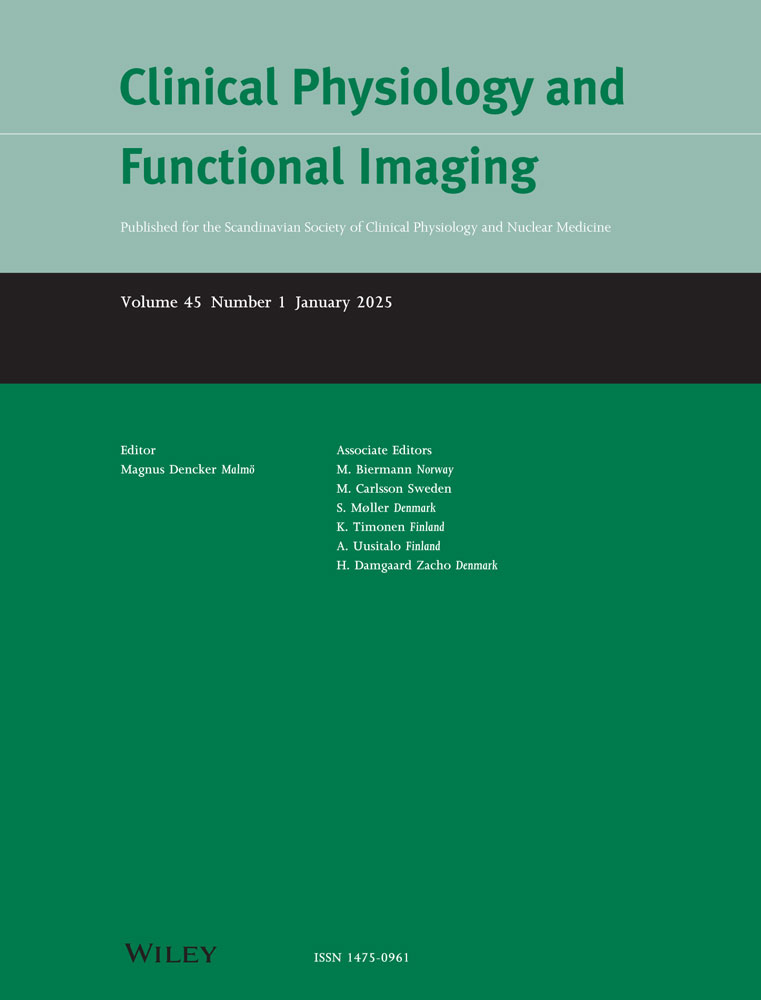The effects of fasting and dehydration on pupillary light reflex as detected by pupillometry
Abstract
The pupillary light reflex could serve as a valuable method for measuring dynamic responses in the autonomic nervous system (ANS). However, it remains unclear whether physiological conditions such as fasting and dehydration affect pupillary reflexes. In this study, we investigated the effects of fasting and dehydration on pupillary responses using pupillometry. Measurements were taken after at least 12 h of Ramadan fasting (RF) and under a normal dietary pattern (NDP). Forty-nine volunteers, who had no complaints related to the ANS, participated in the study. The initial pupil diameter (IPD), amplitude of contraction, contraction velocity, contraction latency, dilatation duration, and dilation velocity were recorded. The IPD was 5.91 ± 0.65 mm in the RF condition and 5.72 ± 0.65 mm in the NDP condition (p < 0.001). Both contraction amplitude (CA) and dilatation velocity (DV) were higher in the RF condition (p = 0.010 and p = 0.022, respectively). Females exhibited a greater IPD in the NDP condition (p = 0.023). Differences between genders in the RF condition were observed in CA (p = 0.002), dilation duration (p = 0.016) and dilation latency (p = 0.041). These findings indicate that fasting and dehydration influence IPD, CA and DV. Therefore, it is informative to consider fasting and dehydration status when evaluating pupillometry results.
CONFLICT OF INTEREST STATEMENT
The authors declared no potential conflicts of interest with respect to the research, authorship, and/or publication of this article.
Open Research
DATA AVAILABILITY STATEMENT
The data of this study are available from the corresponding author upon request.




